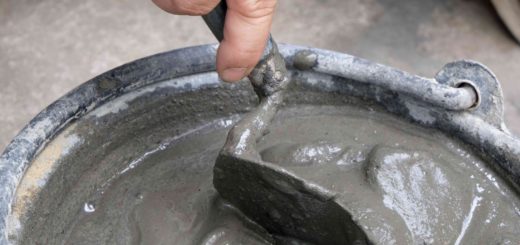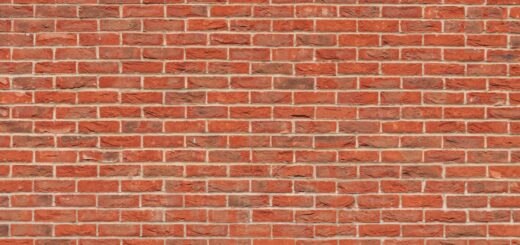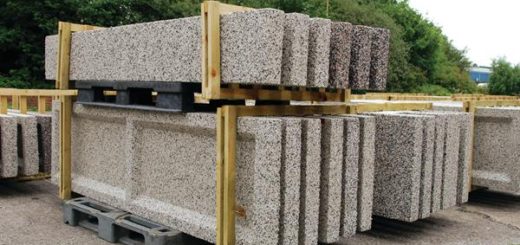How Concrete is Made | Structural Guide
This article is about how concrete is made and its production process.
Concrete is a composite material composed of fine aggregates, coarse aggregates, water and cement. In addition, we add the admixture to the concrete to improve its performance.
Concrete is the second most widely used construction substance in the world and it is the most used construction material in the world.
What is concrete
Concrete is the result of the hydration process. The cement reacts with the water. When it hardened, it create a very strong material we called the concrete.
We add aggregate as a filler to increase the volume. To maintain the particle size distribution and good bonding of the concrete, we add the fine and coarse aggregate to the concrete.
There are different types of concrete classifications based on the type of cement used, the strength of the concrete, the purpose it is used for, properties of concrete, etc.
The strength of the concrete indicates by the grade of concrete. The concrete strength we used for the designs is named as characteristic compressive strength of concrete.
When we discuss how concrete is made, we should always discuss some parameters of the concrete.
- Water cement ratio
- Concrete grade
- Cement content and minimum and maximum cement content
- Exposure condition
- Fire rating
What is concrete made of
The concrete is made of the following materials.
- Cement
Cement is the most important material in concrete production. The reaction of the cement and the water create this hard material.
If some ask how concrete is made, one of the most suitable answers is that the reaction of water and cement made the concrete.
There are many cement types in the world. Out of those cement types, the ordinary Portland cement is the type of cement that is most widely in the world.
- Water
Water is the most widely used substance in the world. We use water to make the concrete.
Attention shall be made to the quality of the water when it is used for concrete mixing.
- Aggregates
Aggregate provides the volume of the concrete while maintaining the bond between the cement paste. There are two types of aggregate we used in concrete production. They are fine and coarse aggregates.
We used sand, manufactured sand or sea sand as the fine aggregates.
- Admixtures
Admixture is added to the concrete as foreign material to enhance its properties.
Delay the setting time of the concrete, entrain air in the concrete, improve the workability, rapid strength gain, etc. are some key functions of the admixtures.
Presently we used more advanced admixtures like superplasticizers to get it done several functions from one admixture. It should be noted that these types of admixtures are very sensitive. Therefore, they shall be used with much care.
What are the common types of concrete
- Normal strength concrete
- High-strength concrete
- Prestress concrete
- Pervious concrete
- High-density concrete
- Low-weight concrete
In addition, concrete can be classified as follows.
- Reinforced concrete
- Roller compacted concrete
- Self-compacting concrete
- Air-entrained concrete
- No fine concrete
- The article types of concrete could be referred to for more types of concrete.
How concrete is made
Let’s discuss how the concrete is made. This process includes the inception to the final stage of the concrete production.
- Prepare or Made Cement Mix
The initial stage of the concrete production manufacturing the cement. The cement is the most important material used for the concrete.
Cement needs to be produced as required for concrete mix. The article, cement types could be referred to for more information on the types of cement.
- Proportioning Process – Mix Design
Before mixing the concrete, it is required to finalise the mix proportions.
It is done as per the structural design requirements, The grade of concrete to be used for the concrete is specified by the structural design. Depending on the nature of the construction type of mix could be finalized.
Whether we used ready mix concrete or manual mix concrete, proportioning is vary. If we do a manual mix, generally we do the volume batching. In such situations, we consider the mix proportions Cement: Sand: Coarse Aggregate. The article concrete mixing could be referred to for more information.
When the ready mix concrete is used, the mix design is done. The mix design is verified with trial mixtures to make sure that it has the expected performance. Especially, the strength of the concrete, setting time, etc. After verifying it we used the ready mix concrete for construction.
- Mixing
After the design mix is finalized, we have the mix proportion. Mixing of the concrete will be done based on the method of mixing finalized during the mix proportions are finalized.
Manual mixing of concrete or use of the ready mix concrete is done.
In manual mixing, we put the cement, sand, and coarse aggregate into the bind and it is rotated. During this process, we add the water. Usually, the admixtures are not added to the concrete when manual mixing is done.
When the ready mix is made, the same procedure is followed. The material is put into the based on mix proportions finalized based on the weight of each material.
- Concrete Pouring
Now, we have studied how concrete is made. None of it is bout concrete pouring.
Once the concrete is batching is done at the batching plant, it is required to transport the concrete. If the grade of the concrete is higher, attention shall be made to the placing temperature of the concrete. In general, it maintained around 30-32 Celsius.
During this process, attention shall be made to the concrete pouring sequence to avoid the cold joints in the concrete.
Further, adequate compaction of concrete shall also be done.
- Curing
The final stage of concrete production is the curing of concrete.
The curing of concrete shall be done for at least seven days. The suitable curing method shall be selected based on the type of concrete.
Curing of concrete shall be considered mandatory. We do curing to avoid the evaporation of water from the concrete surface to make sure the adequate moisture to complete the hydration process, absorb excessive heat generated in thick concretes where we have used a higher grade of concrete, to increase the temperature of the when we do the concreting in cold weather, to maintain the temperature gradient and difference of between the core and surface of thick concrete.
In addition, we shall be aware of factors affecting curing time and concrete curing time as a technical team especially when we are involved with major construction work.



